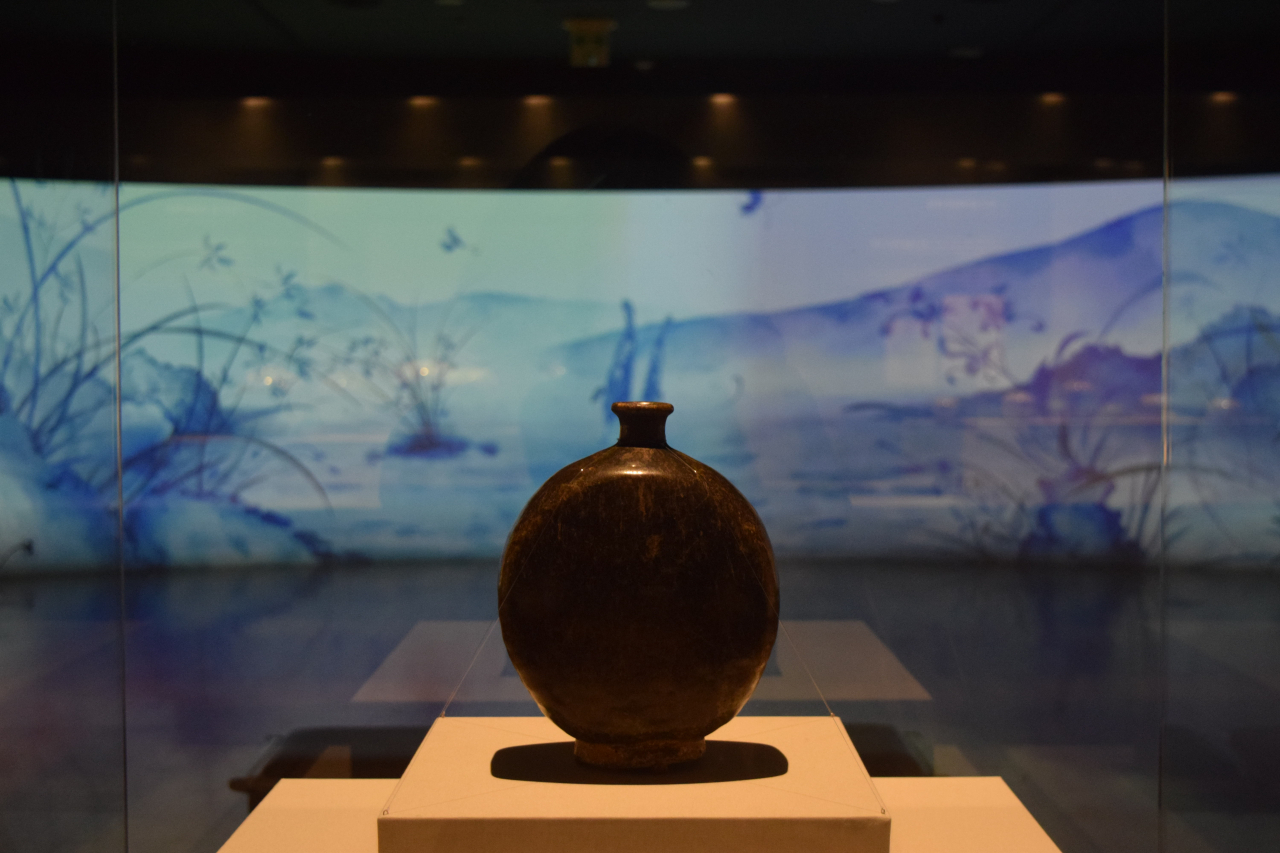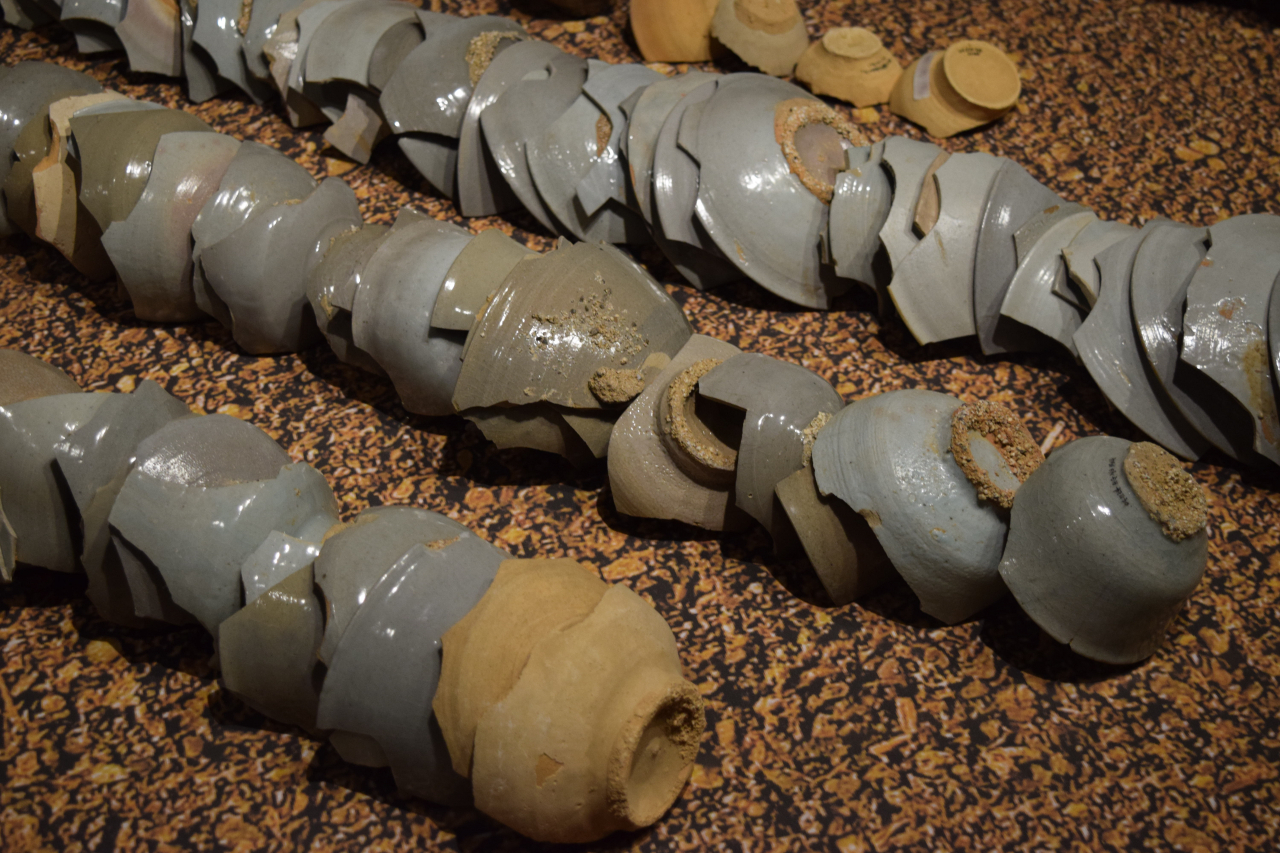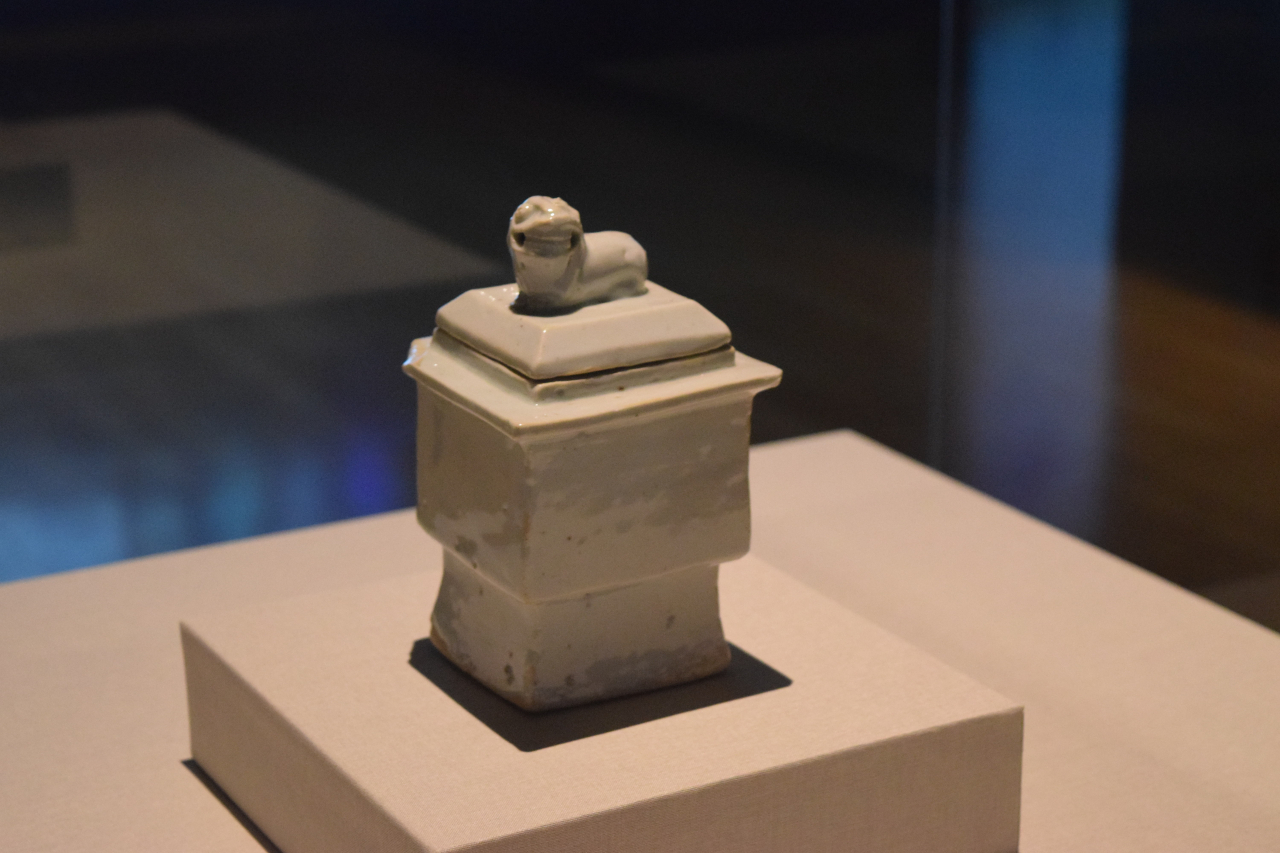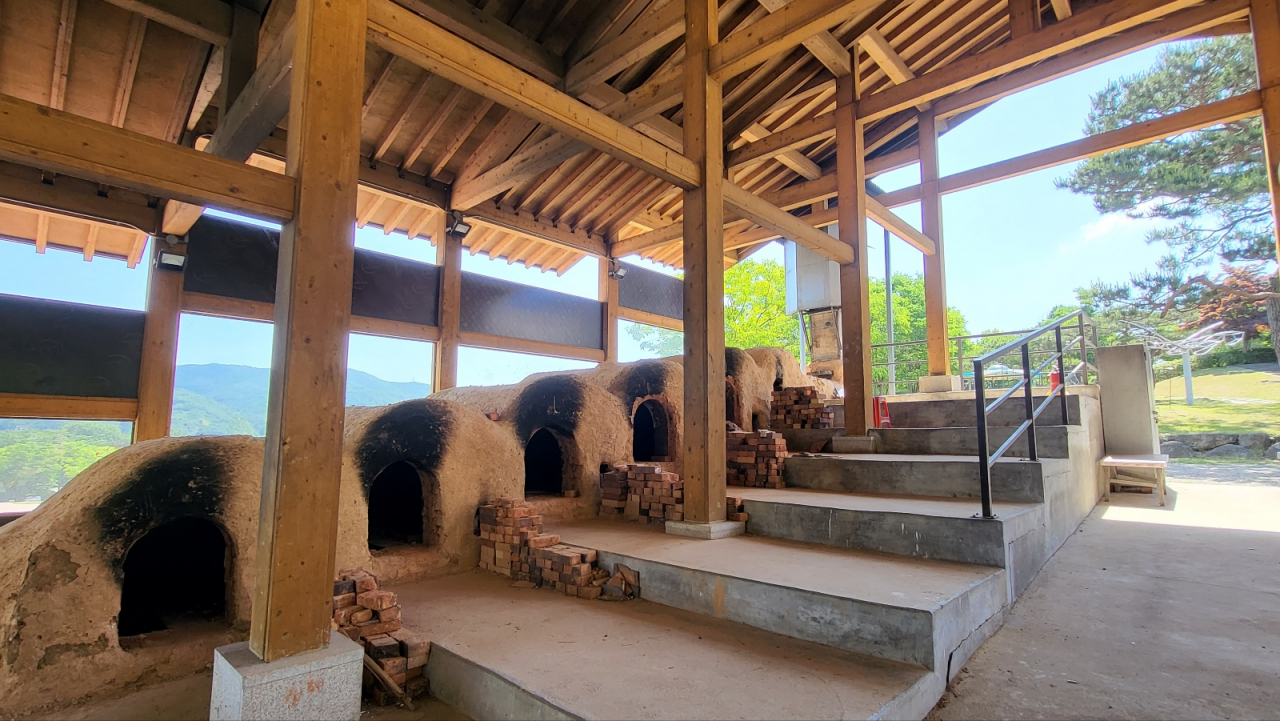[Our Museums] Gyeonggi Ceramic Museum shows artistic essence of ceramics throughout history
By Kim Hae-yeonPublished : Sept. 26, 2023 - 19:46

GWANGJU, Gyeonggi Province -- Korea's ceramic heritage dates back 8,000 years, with a lineage of artisans refining their craft across generations.
At the Gyeonggi Ceramic Museum in Gwangju, Gyeonggi Province, visitors have the opportunity to follow the evolution of Korean ceramics from ancient times to the present day.
During the Joseon era, Gwangju emerged as an important ceramics supplier to the court as its rich soil and abundant firewood that were conducive to making high-quality ceramics and its strategic proximity to Joseon's capital, Hanyang.
Upon entering the museum, one is captivated by the sheer beauty and diversity of the ceramic artistry on display.
The collection here spans a rich spectrum of ceramic art, encompassing robust onggi to exquisite Goryeo celadon and intricate buncheongsagi to elegant white celadons of Joseon.
Each piece tells a story, reflecting the aesthetics and the practical needs of their times.

Ceramics have been an integral part of daily life in Korea and museum visitors can learn about the different roles that ceramics have played in Korean culture, from tea ceremonies to culinary culture.
Artisans of Goryeo achieved international recognition by transforming Chinese celadons into the highly sought-after bisaek celadons, or cheongja, characterized by their transparent jade-green hue.
As tastes shifted to favor white porcelain, Korean artisans responded with the creation of white porcelain, known as baekja, during the Joseon era, known as baekja.
By 1467, a royal kiln was established in Gwangju, as a branch of Saongwon, the Office of the Royal Kitchen, to produce white porcelain for the royal family and government offices. Gyeonggi Province has approximately 700 kiln sites that produced ceramics for over 1,000 years.
The longstanding tradition of Joseon ceramics faced near-extinction during the Japanese occupation of Korea, following the privatization of the royal kilns in 1883. The museum exhibition demonstrates how the survival of Joseon ceramics can be credited to the tenacity of the potters who were determined to preserve and rediscover traditional ceramic techniques in challenging circumstances.


"To people today, the porcelain works may not seem special. But each white porcelain piece encapsulates the artistic tastes and values Koreans held throughout history," a curator at the museum told The Korea Herald. "The production process also reflects our ancestors' deep respect for nature. Understanding the evolution of Korean porcelain allows for insights into the historical realities Korea faced in its long history."
The curator cited the example of King Jeongjo in the late 18th century, concerned with excessive extravagance, banning the use of cobalt for decorating white porcelain. This led to the prevalence of white porcelain decorated in relief during that era.
The museum is not only a treasure trove of ceramic art but also a feast for the eyes outdoors, thanks to its picturesque location. Set amidst a lush garden, the Ceramic Expo Sculpture Park just behind the museum enhances the overall experience.
The site of the World Ceramic Exposition in 2001, the Ceramic Expo Sculpture Park is located on a historically significant site as one of the central areas Joseon-era ceramics production. Visitors can stroll around and explore traditional kilns used to fire pottery and ceramics.


The museum also provides workshops where families can try their hand at making ceramics.
Every Saturday, skilled instructors guide the workshop participants shape, apply glaze, and fire their creations, gaining a deeper appreciation for the labor-intensive ceramics-making process.
Admission to the museum is free, and taking part in the workshop costs 30,000 won per family. Workshop reservations can be made online via the Naver website.
-------------------------
This is the second article in a series that introduces a variety of unique museums that focus on a diverse range of themes, from art and science to history and technology. — Ed.



















![[Today’s K-pop] Treasure to publish magazine for debut anniversary](http://res.heraldm.com/phpwas/restmb_idxmake.php?idx=642&simg=/content/image/2024/07/26/20240726050551_0.jpg&u=)